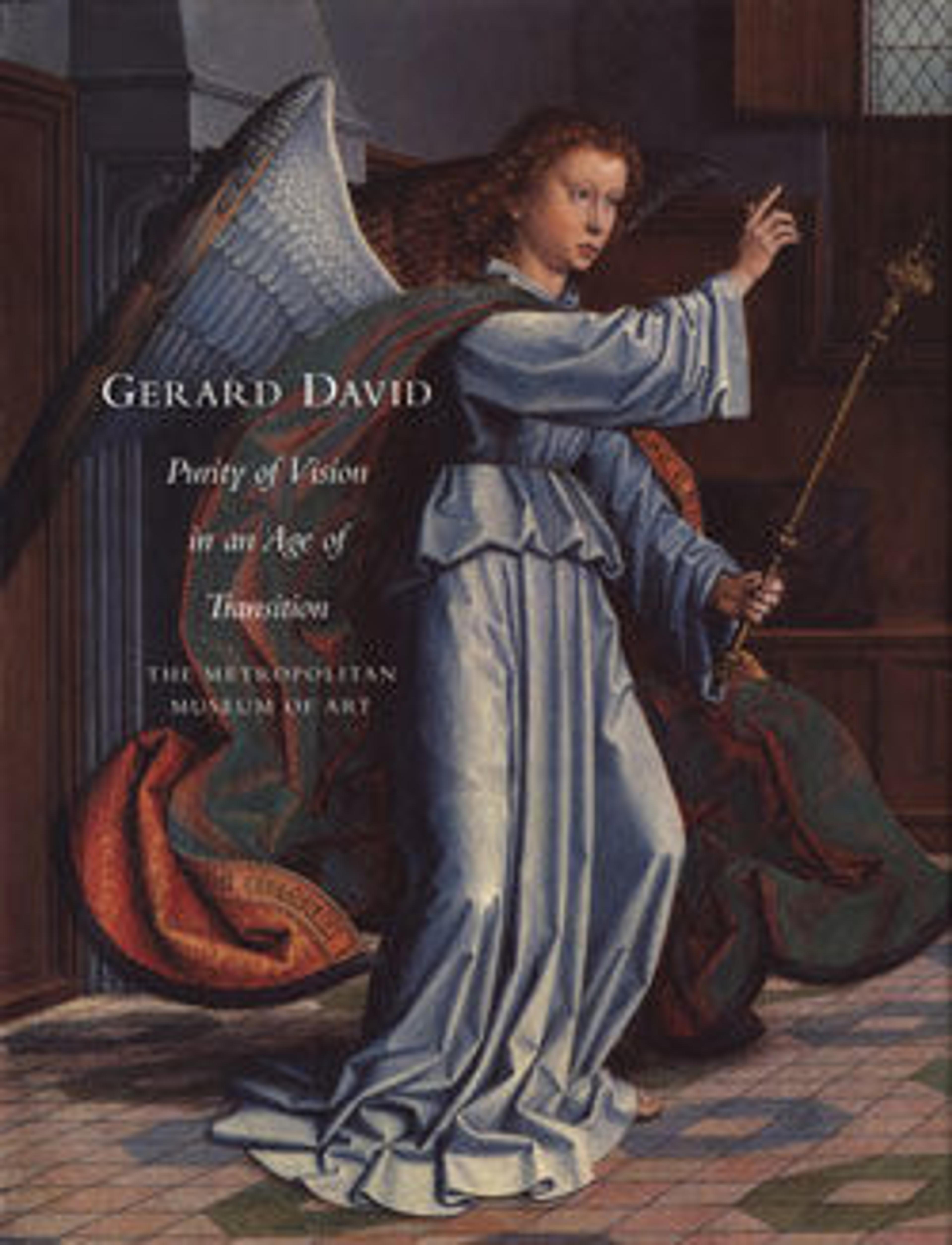The Nativity with Donors and Saints Jerome and Leonard
David depicts the birth of Christ in the manger as a scene running continuously across all three panels, although the donor figures are kept distinct from the sacred protagonists. Despite the joyful moment depicted, the figures all wear somber expressions, foreshadowing Christ’s eventual suffering and death. The two donors, who are presented by Saints Jerome and Leonard, have remained unidentified. They could have been called Anthony and Catherine, since they are painted with the attributes (such as the pig, sword, and spiked wheel) of saints with these names.
Artwork Details
- Title:The Nativity with Donors and Saints Jerome and Leonard
- Artist:Gerard David (Netherlandish, Oudewater ca. 1455–1523 Bruges)
- Date:ca. 1510–15
- Medium:Oil on canvas, transferred from wood
- Dimensions:Central panel 35 1/2 x 28 in. (90.2 x 71.1 cm); each wing 35 1/2 x 12 3/8 in. (90.2 x 31.4 cm)
- Classification:Paintings
- Credit Line:The Jules Bache Collection, 1949
- Object Number:49.7.20a–c
- Curatorial Department: European Paintings
More Artwork
Research Resources
The Met provides unparalleled resources for research and welcomes an international community of students and scholars. The Met's Open Access API is where creators and researchers can connect to the The Met collection. Open Access data and public domain images are available for unrestricted commercial and noncommercial use without permission or fee.
To request images under copyright and other restrictions, please use this Image Request form.
Feedback
We continue to research and examine historical and cultural context for objects in The Met collection. If you have comments or questions about this object record, please contact us using the form below. The Museum looks forward to receiving your comments.
